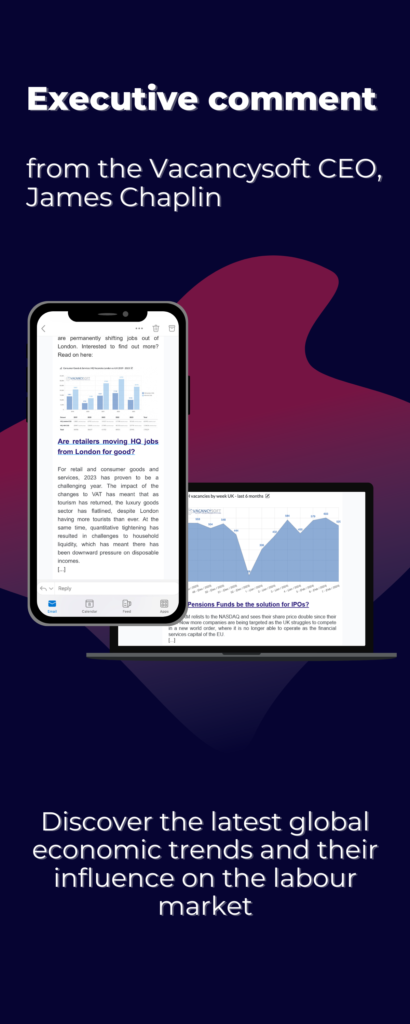
Inevitably, with every business people change jobs. However, at a time when talent is at a
With that in mind, managers should be aware of the tell-tale signs that someone is thinking of leaving. Knowing what to look for can be a challenge. Helpfully, academic research has pinpointed some of the key issues to help identify the behavioural differences when people are thinking of leaving, these include:
- Reduced work productivity, so works to minimum KPI’s.
- Working to the clock, or always finding reasons to arrive late or leave early.
- Higher than average absence either through looking to take extended vacations or through sickness.
- Reluctant to commit to
longer term - Work colleagues that they had a strong bond with have recently left.
- Friction with another co-worker. In a scenario where two people have a toxic relationship, you risk losing one permanently.
- Has just had a major life change, for example, companies not allowing remote working risk losing staff who need it due to changes in their life.
Lower level of interest in team events.- Has just earned professional qualifications (For example, up to 80% of MBA graduates change jobs within 1 year of finishing)
- More negative about working conditions, also more cynical about the company ethos and mission
Obviously getting an early heads-up that someone is thinking of leaving is only half the issue. As a next step, there are three key questions.
- How critical is this individual and assuming they intend to leave, what steps can be taken to minimise their criticality?
- Do they have any genuine grievances which could be resolved by a change in management approach? Would those changes create more problems or benefits?
- Is this person an outlier or part of a trend? If part of a trend what steps should managers take to improve engagement internally?
Technology can also help detect when people are thinking of leaving. For example,
In the same way, Vacancy data can help consultants interested in finding out which businesses have the highest employee churn. Through aggregating vacancies by
Over the last ten


